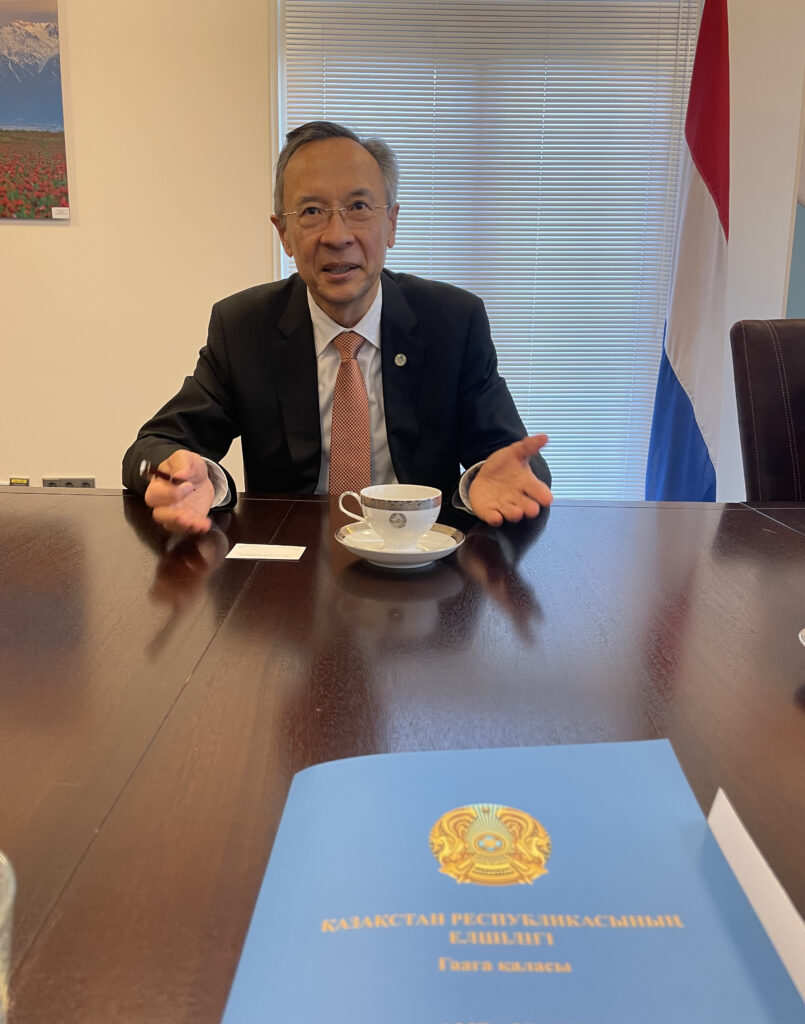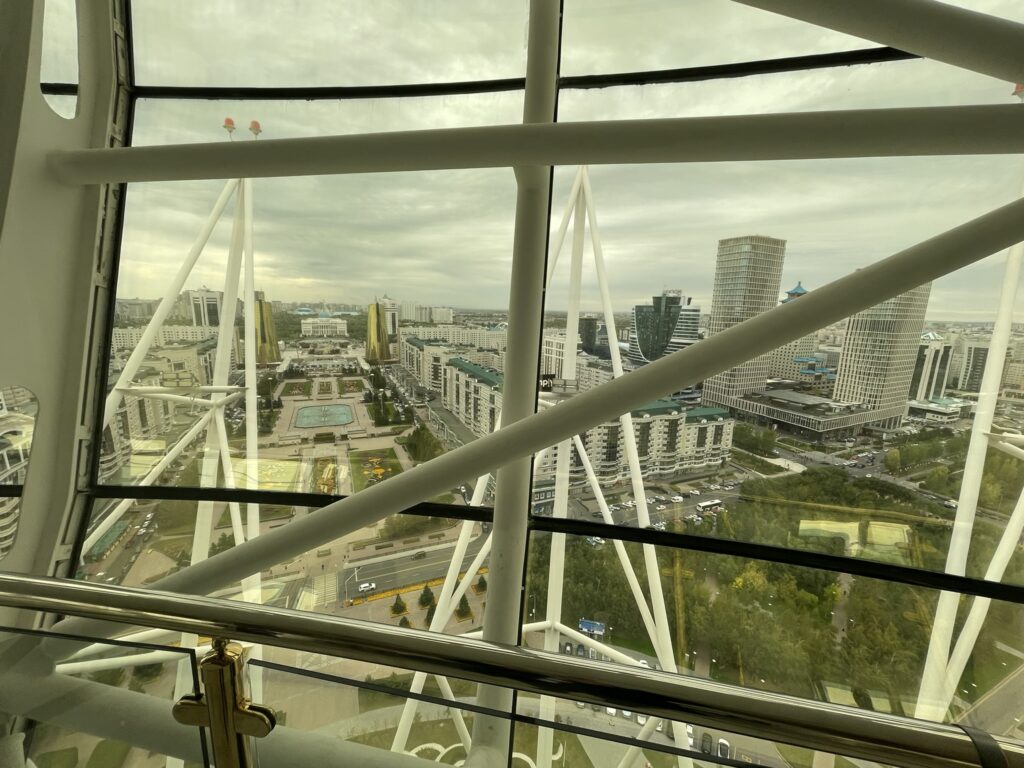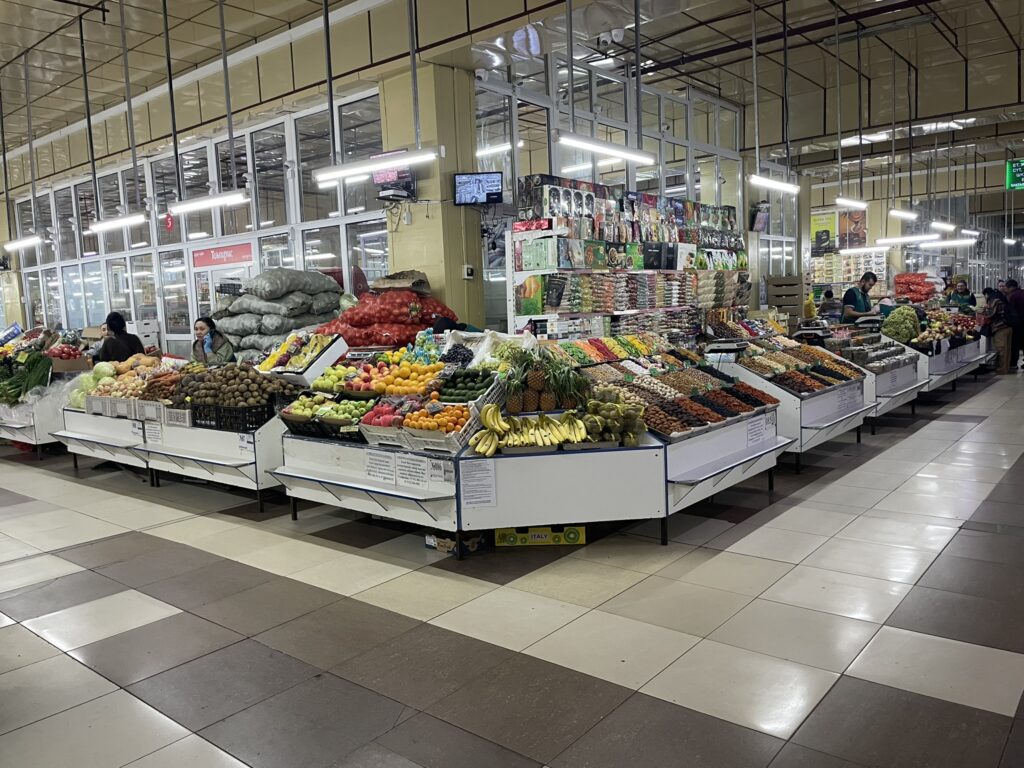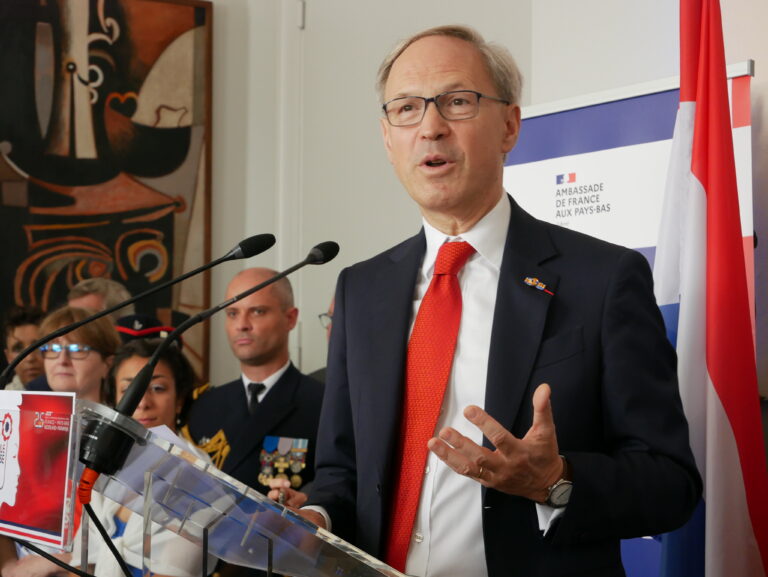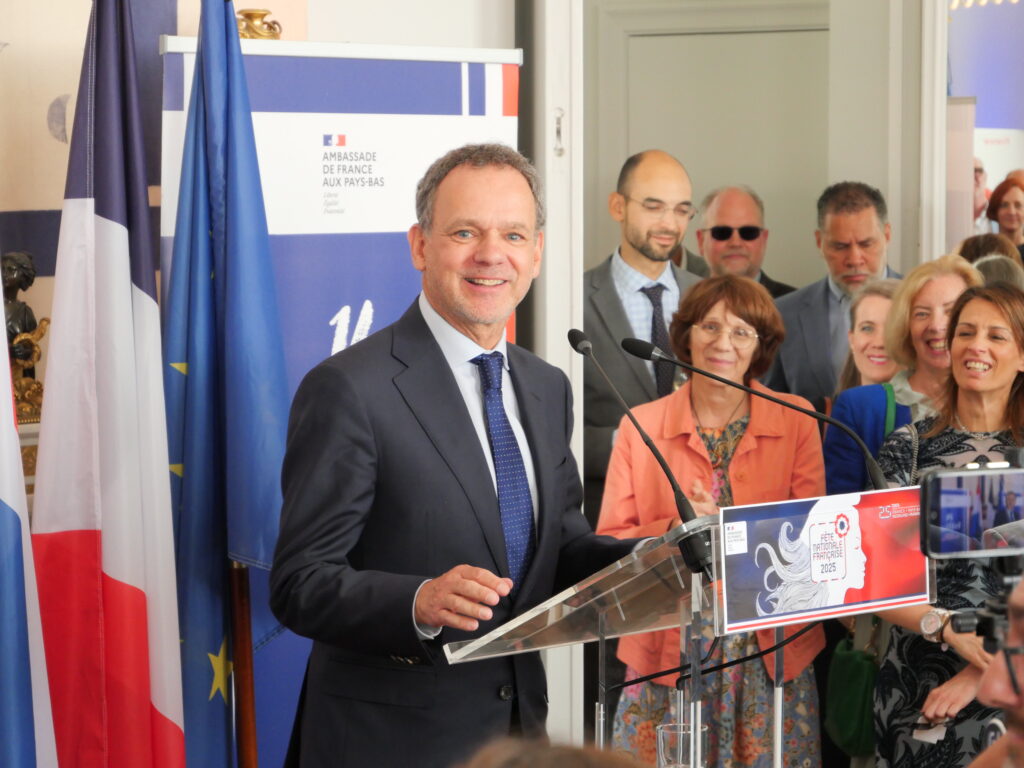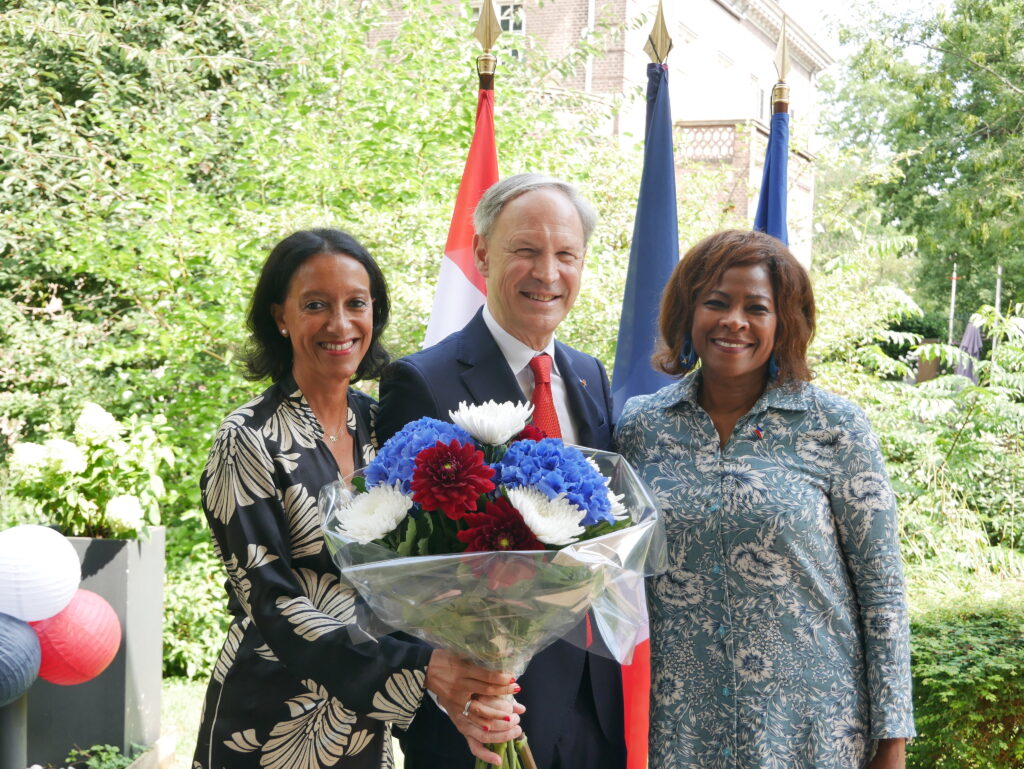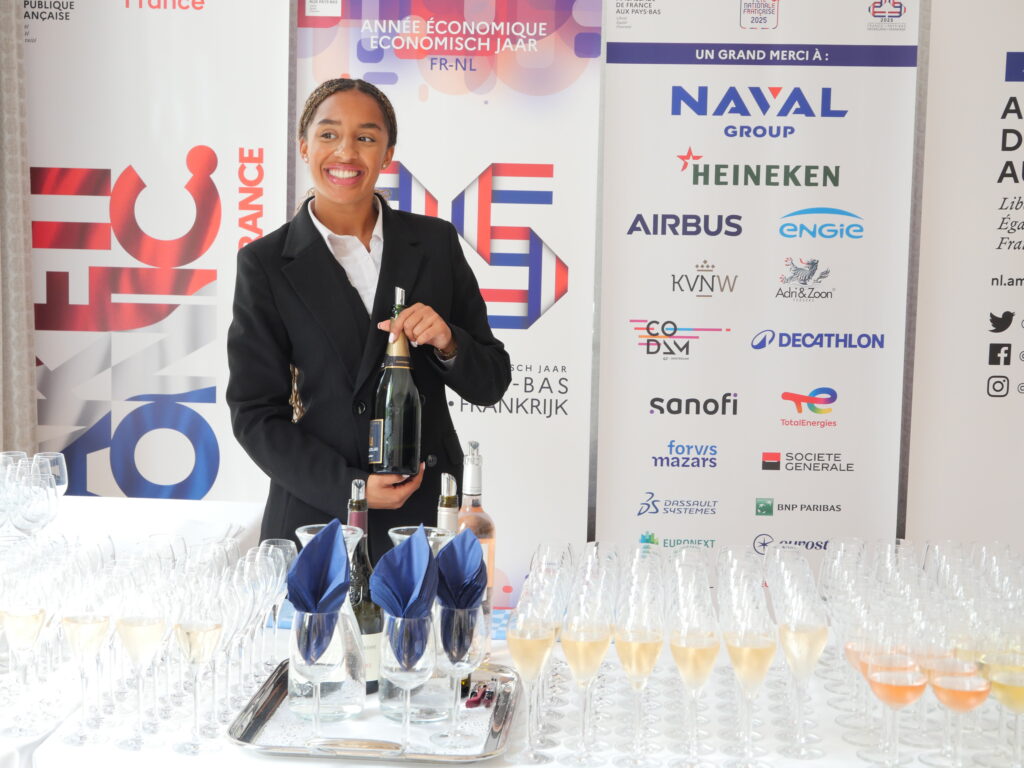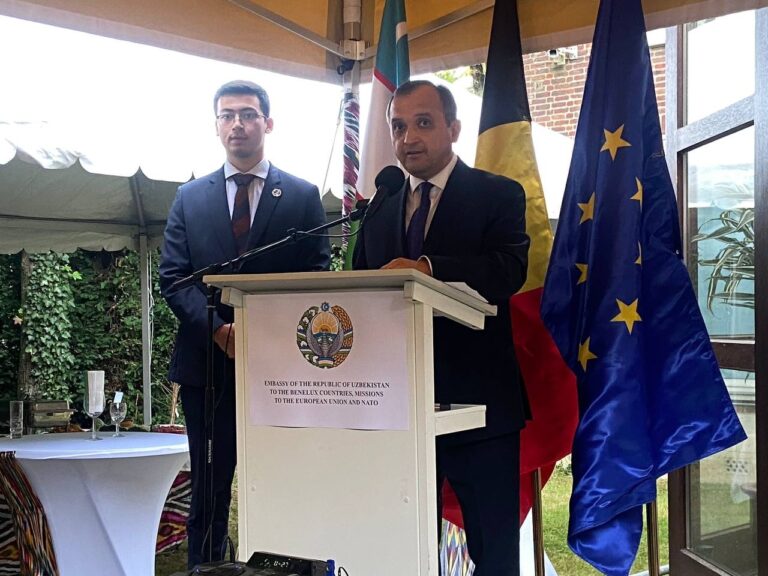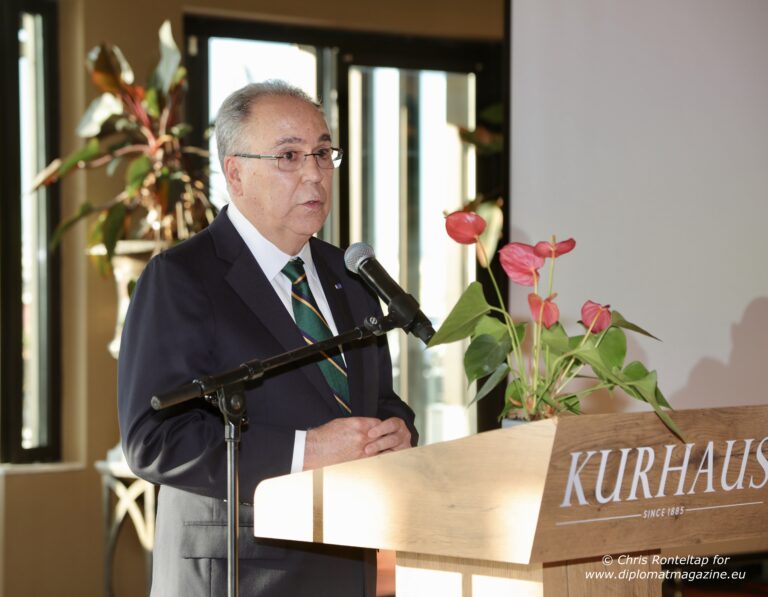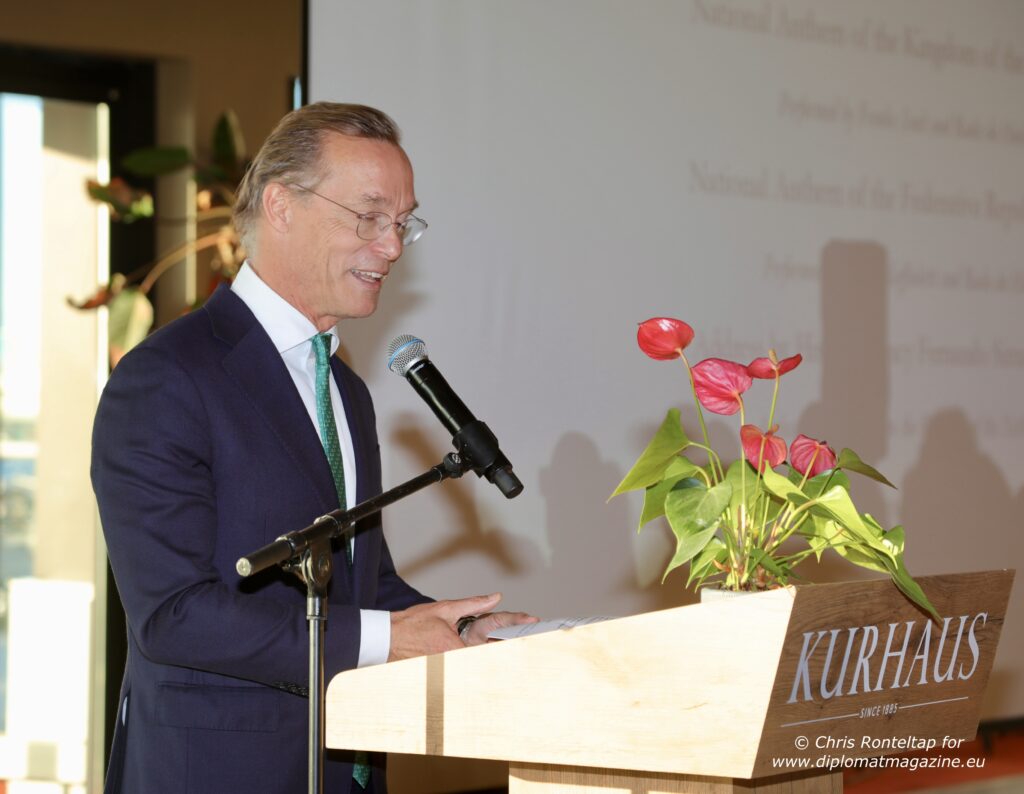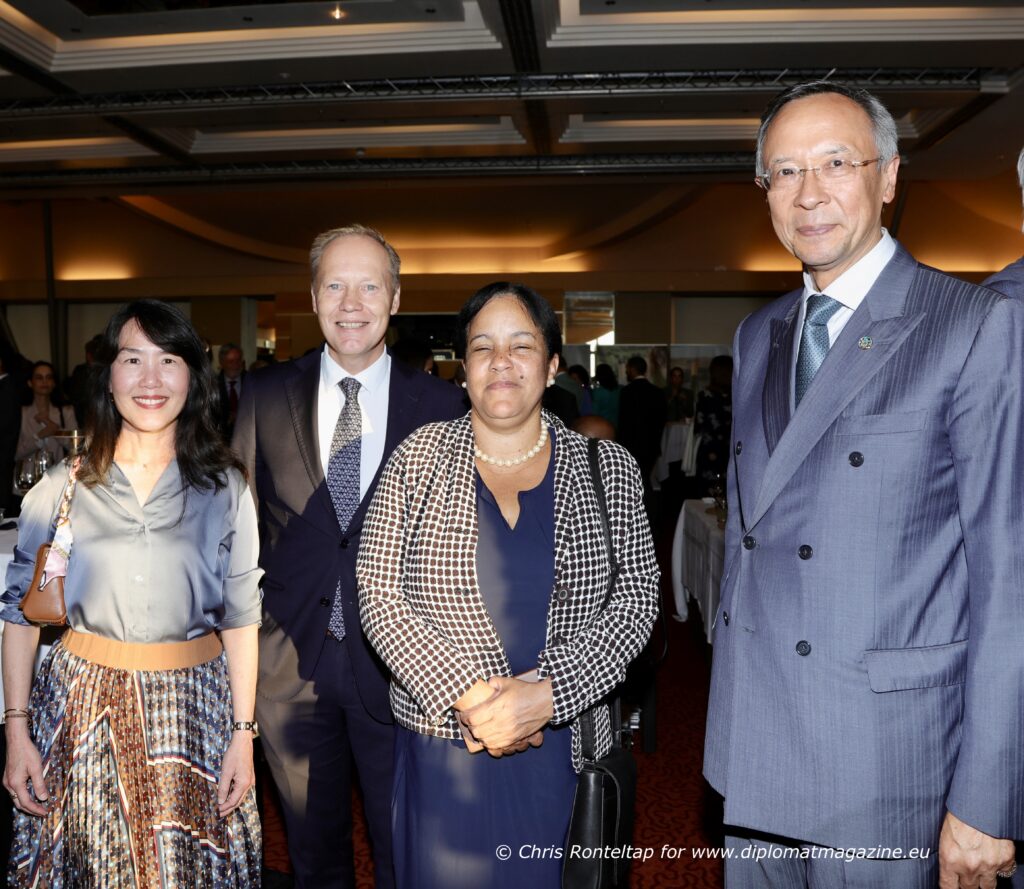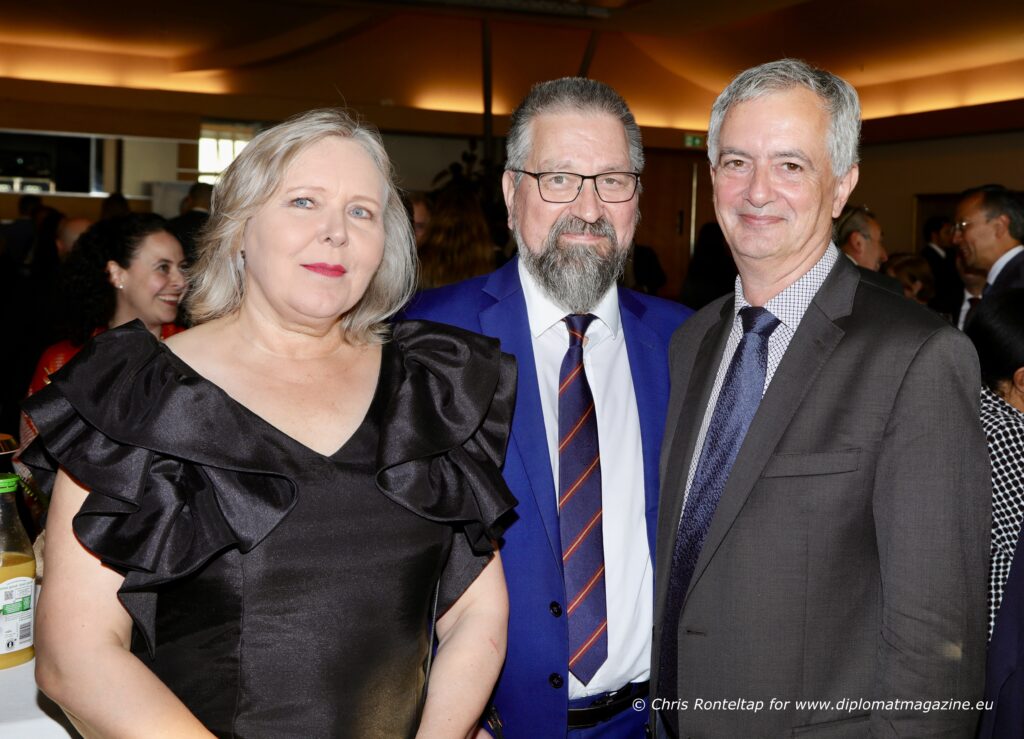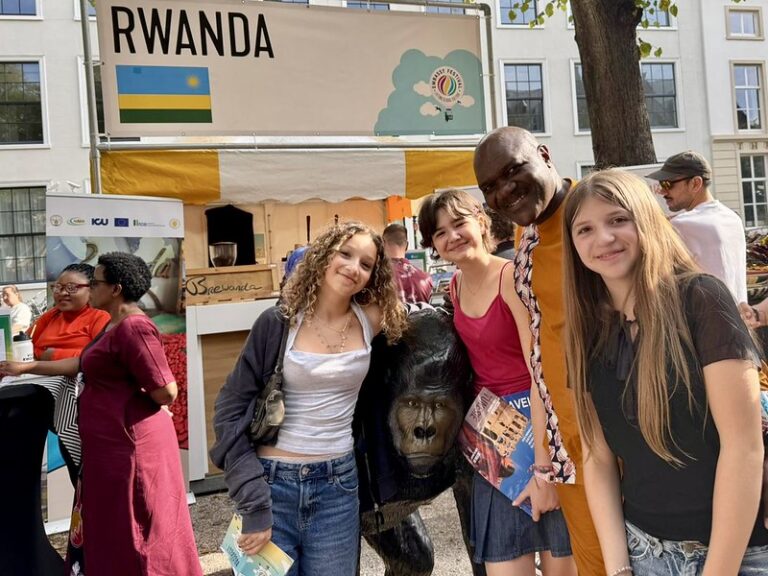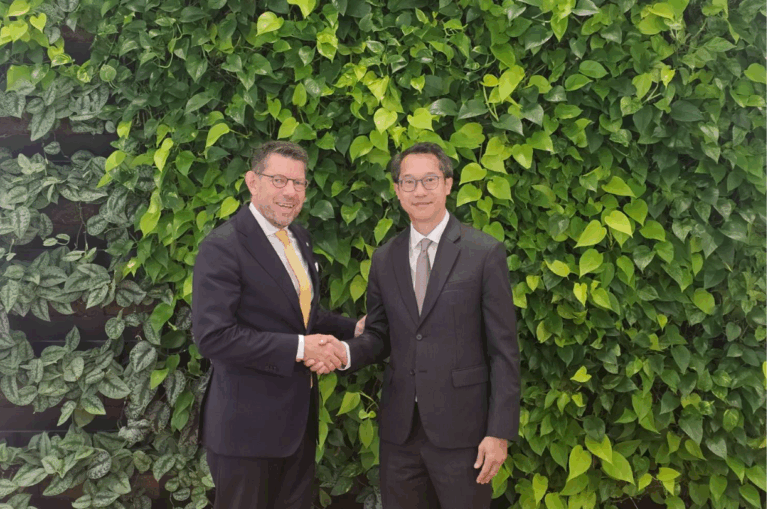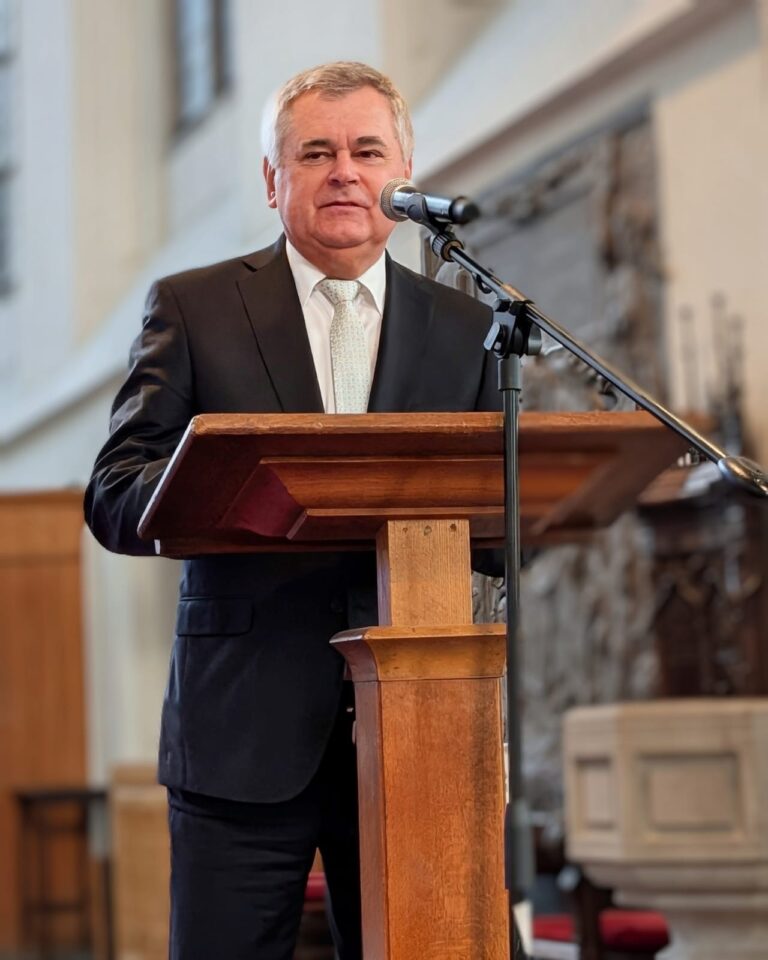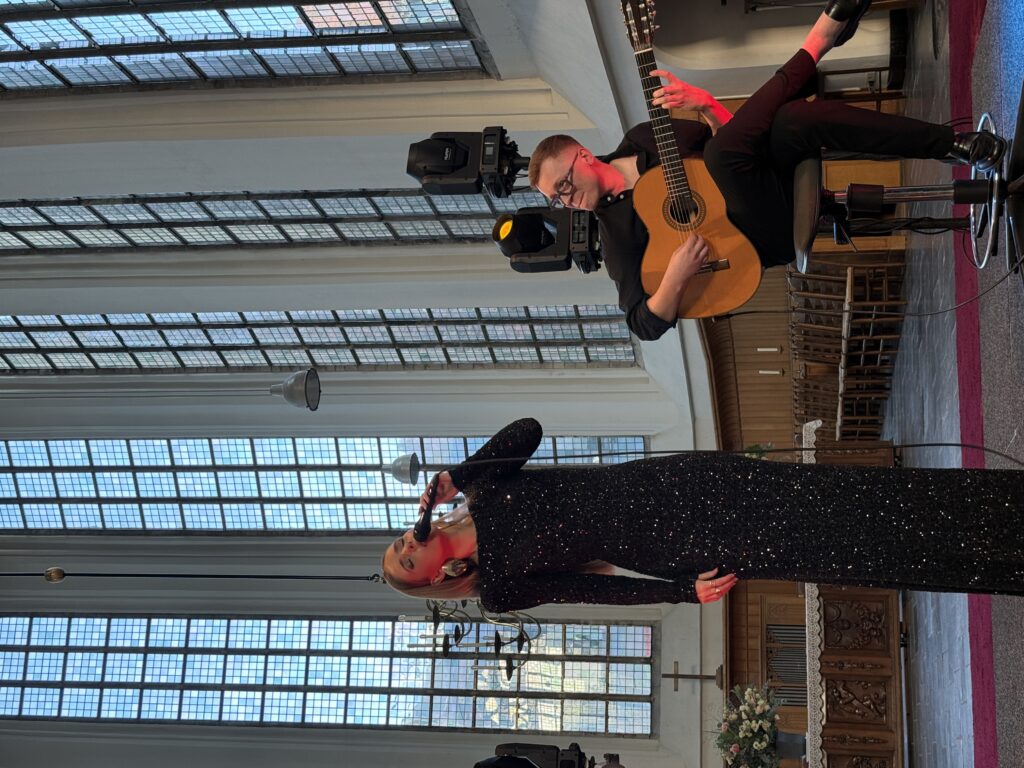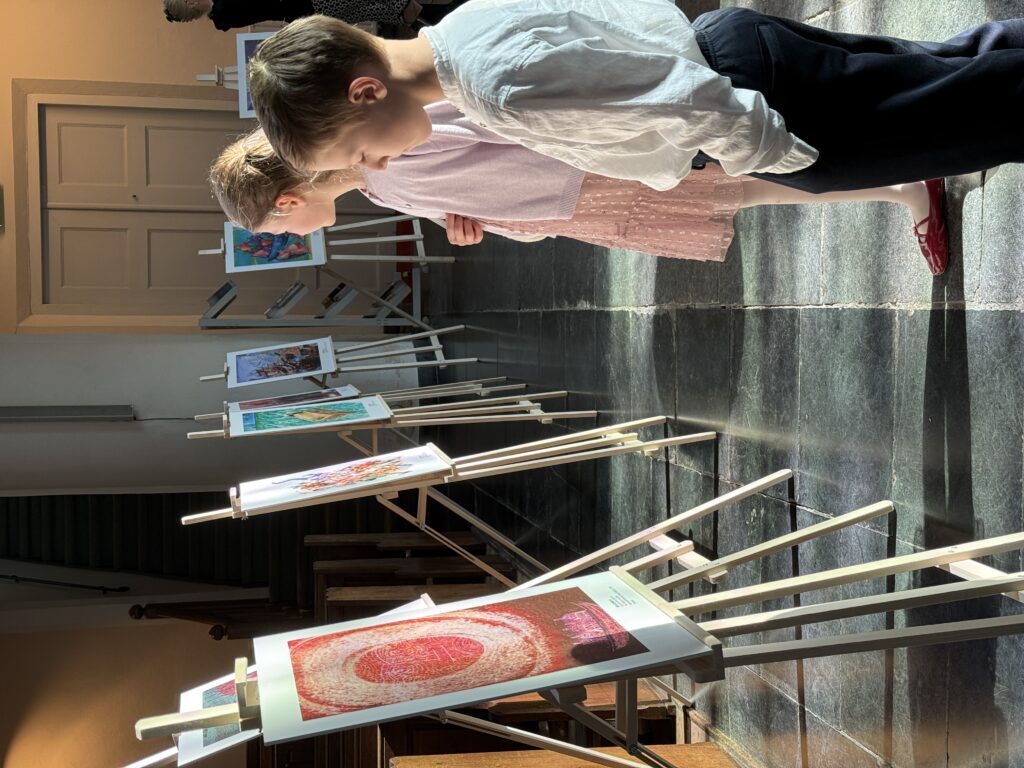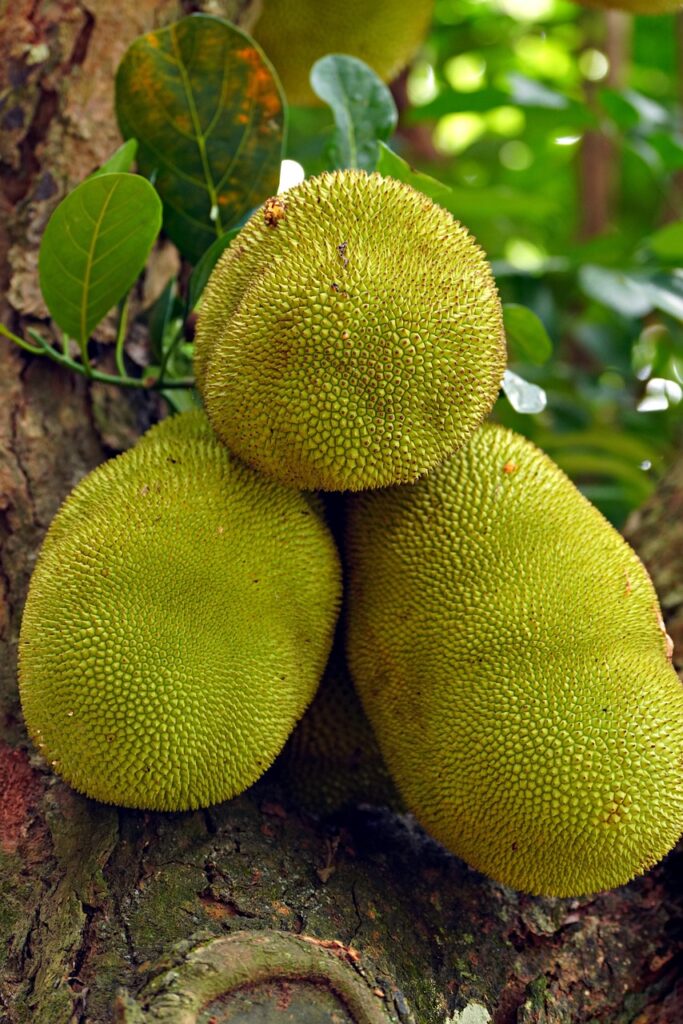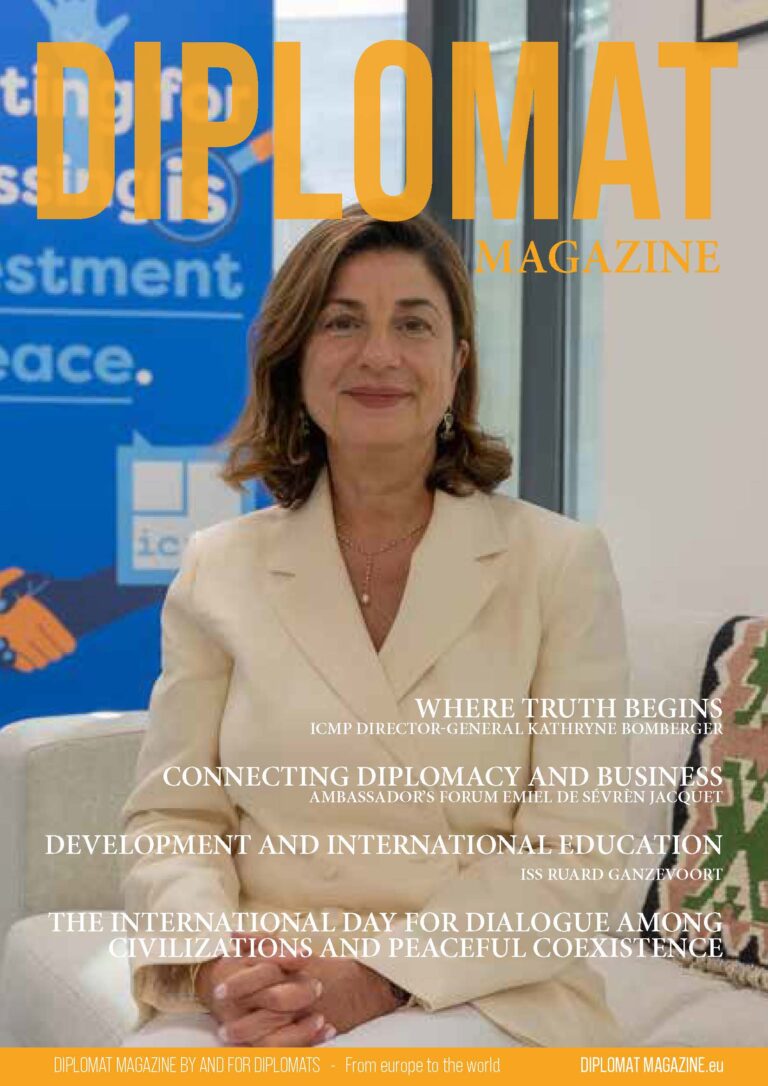Yangi Uzbekiston – New Uzbekistan
By Roy Lie Atjam
Brussels, 4 September 2025.The Ambassador of Uzbekistan in Belgium, the Netherlands, Luxembourg, the EU and NATO, H.E. Mr. Gayrat Fazilov, hosted a reception on the occasion of the 34rd Anniversary of Independence of the Republic of Uzbekistan.
On the heels of the magnificent IV Tashkent International Investment Forum 2025-TIIF, it is now time to celebrate Uzbekistan’s 34th anniversary of state independence.
This what Ambassador Gayrat Fazilov, said in his welcome address
“First of all, I would like to express my sincere gratitude to all representatives of the European Union, the European Parliament, the Kingdom of Belgium, Your Excellencies the ambassadors, all our friends, and dear compatriots for participating in today’s solemn event on this joyful day for all of us.
Today we celebrate the 34th anniversary of our Independence. At these moments we realize even more deeply the enormous historical significance of our priceless treasure – national independence.
Thanks to independence, our national statehood has been revived. Uzbekistan has entered a new historical era and taken a worthy place in the world community. And we have every right to be proud of this.
In recent years, we have made huge strides towards building a New Uzbekistan, and are actively working to build a country with a powerful economy, competitive industry, and a stable financial system that is attractive to investors in all areas.
Over the past eight years, through hard, persistent work, we have revived many sectors of our economy. During this period, $230 billion in investment was attracted, of which more than $120 billion was foreign investment.
At a time when the world economy is going through an extremely difficult period due to various conflicts and confrontations, our economy grew by 7.2 percent in the first half of the year.
Our gross domestic product has doubled in the last eight years, and we have set a goal of reaching $200 billion by 2030.
The effectiveness of reforms in New Uzbekistan is also reflected in international ratings. Over the past five years, we have risen by 48 positions in the Index of Economic Freedom. In the Harvard Index of Economic Complexity, we have improved our rating by 28 points. S&P has raised Uzbekistan’s sovereign rating forecast from “stable” to “positive”.
In short, we are taking all necessary measures to ensure that the principle of “New Uzbekistan – a country of great investment opportunities” is translated into practical results.
Today, in building the New Uzbekistan, we focus on five priority areas. These are, first of all, the formation of a quality education system, business development, the creation of a fair judicial system free from corruption, a radical improvement in healthcare, and ensuring environmental sustainability.
Uzbekistan is determined to continue working on joining the World Trade Organization and in this process we count on the strong support of the European Union and its member countries. We expect to complete negotiations and sign a protocol with the EU in the near future.
Eight years ago, we defined Central Asia as a priority area of Uzbekistan’s foreign policy. On this basis, we have radically improved friendly relations with our neighbors.
Thanks to our joint tireless efforts, the dream of a New Central Asia, where countries develop steadily in peace and harmony, is becoming a reality. Our region is dynamically developing as one of the centers of economic growth and investment activity.
Based on today’s unique historical opportunities, we will continue our efforts to strengthen a comprehensively healthy political atmosphere in Central Asia, a free and secure future for future generations.
Relations with countries in neighboring regions, countries of South Asia, the Middle East, and the Caucasus have developed significantly. Strengthening regional unity in Central Asia and comprehensive ties between our region and the South Caucasus opens up new strategic opportunities for deepening our connectivity with Europe and the EU countries. This is confirmed by the results of the recent trilateral summit of Uzbekistan-Turkmenistan-Azerbaijan in Avaza.
Today, political, economic, cultural and humanitarian ties with all leading European countries are consistently expanding, and plans are being implemented to increase dialogue and mutually beneficial cooperation with Belgium, as well as with the Netherlands and Luxembourg.
We place great value on the strong mutual trust and understanding established with Belgium, the Netherlands and Luxembourg.
Regular political dialogue, exchanges of visits at various levels, economic missions and cultural interaction contribute to further rapprochement between our countries and peoples.
We welcome the opening of the Benelux-Uzbekistan Chamber of Commerce in Tashkent and hope that its work will help attract a large number of companies from the Benelux countries to the market of Uzbekistan and all of Central Asia.
I am confident that forthcoming engagements at both high and top levels will further enhance the prospects for implementing mutually beneficial joint projects and programs.
Uzbekistan’s relations with the European Union have acquired a completely new dynamic. This year we successfully held the first official summit in the “Central Asia – European Union” format in Samarkand. Undoubtedly, this event and the visit of the President of the European Council, Mr. Antonio Costa, and the President of the European Commission, Ms. Ursula von der Leyen, opened a new chapter in relations between the two regions, raising them to the level of strategic partnership.
Taking this opportunity, I would like to especially thank our European partners and the European Union for their assistance in implementing irreversible democratic and socio-economic reforms in Uzbekistan, as well as for their commitment to supporting the strengthening of the sovereignty and independence of our state.
The leadership of Uzbekistan is firmly committed to further expanding and deepening effective partnership with the European Union in all areas without exception.
Uzbekistan fully supports the Global Gateway strategy of the European Union, takes the most active part in efforts to strengthen the connectivity of Central Asia with Europe, and the earliest practical implementation of partnership in the field of critical raw materials.
This autumn, Uzbekistan will host very important major forums designed to fill our strategic partnership with new mutually beneficial projects: the Central Asian-EU Economic Forum and the Investor Forum on Sustainable Transport Connectivity.
I am confident that the upcoming signing of the Enhanced Partnership and Cooperation Agreement between Uzbekistan and the European Union and its member states will take our cooperation to an even higher and qualitatively new level.”
The Chief of Protocol of the Ministry of Foreign Affairs of Belgium Pierre Cartuyvels and Ms. Audrone Perkauaskiene Deputy Managing Director for Eastern Europe and Russia, also addressed the audience.
President Shavkat Mirziyoyev in his Independence Day message expressed confidence that the state and society of theNew Uzbekistan will become a strong bridge connecting the glorious history of the country with a new, even brighter period of Renaissance.
Addressing young people, the President said:-“Our dear children, always remember: happiness comes only to those who are determined, and victory comes only to those who fight! The future is created by the brave, and history is created by the victors. Always strive forward! The motherland, the people, and the President will always be a reliable support and backing for you in your good endeavors.”
